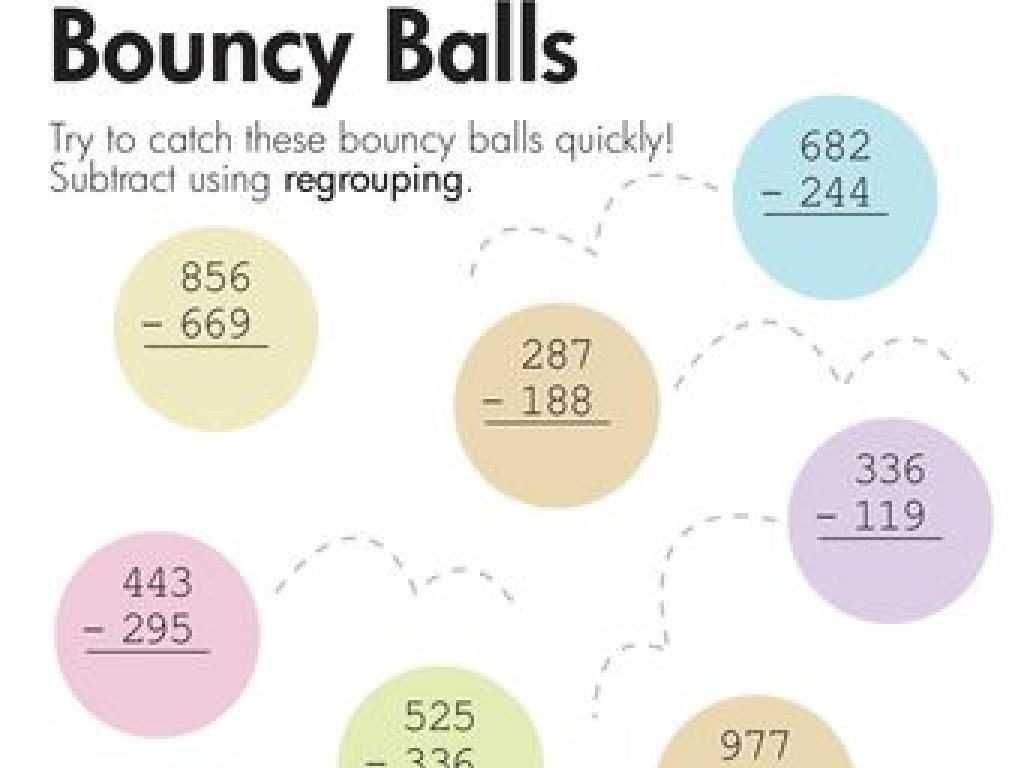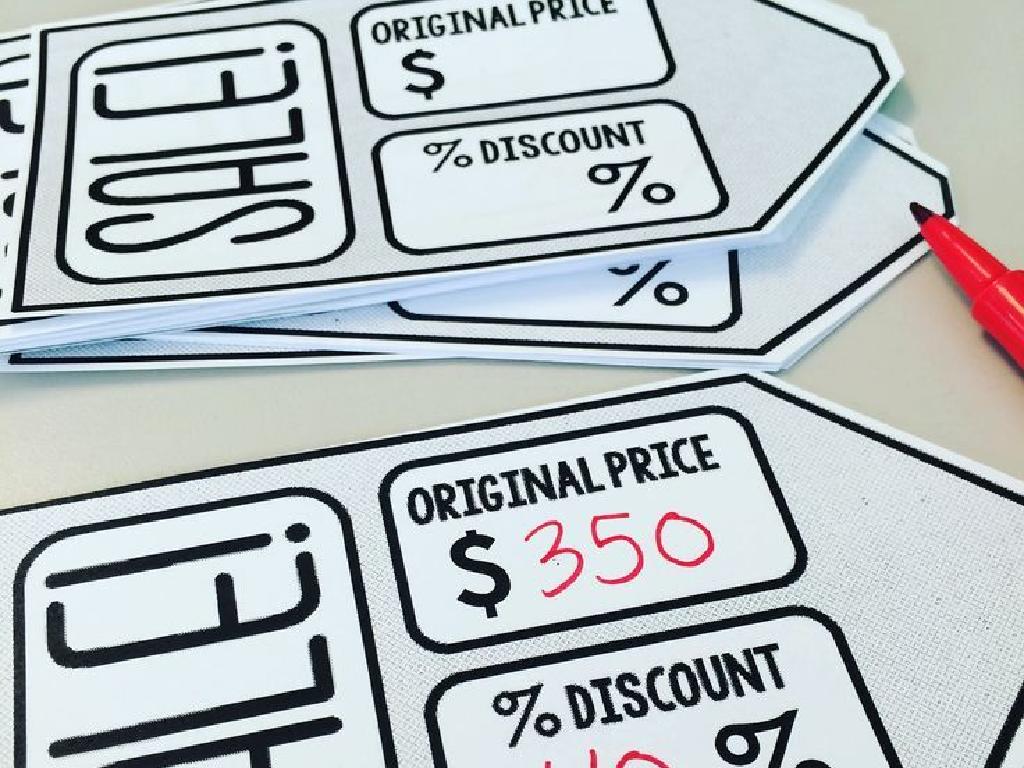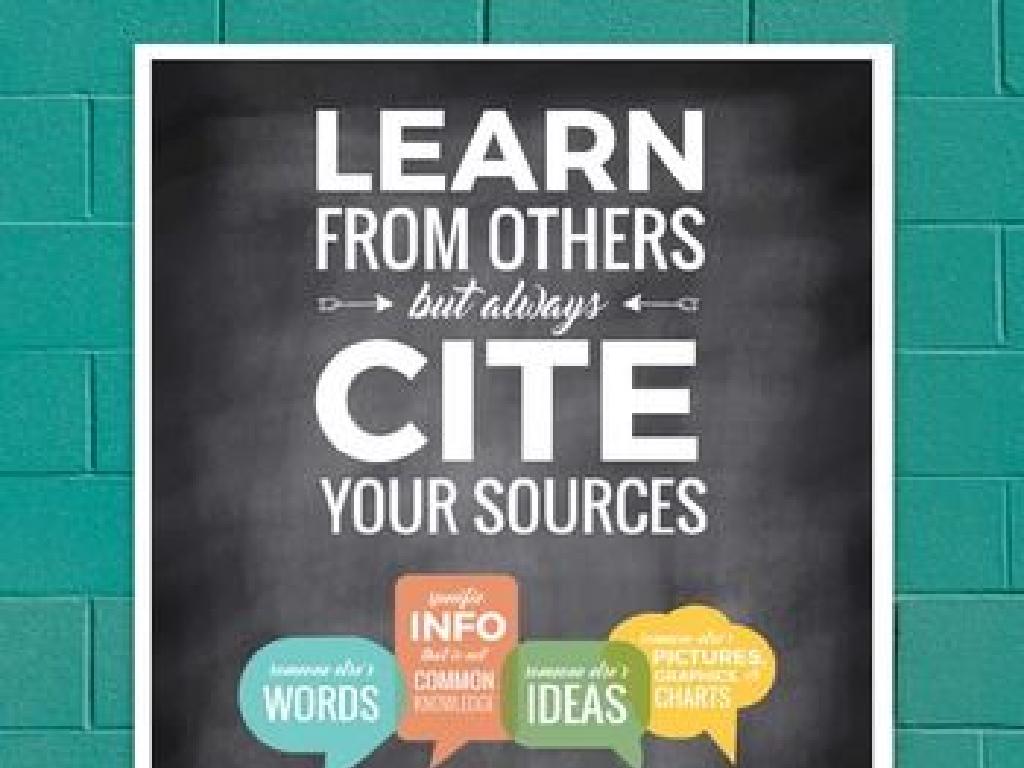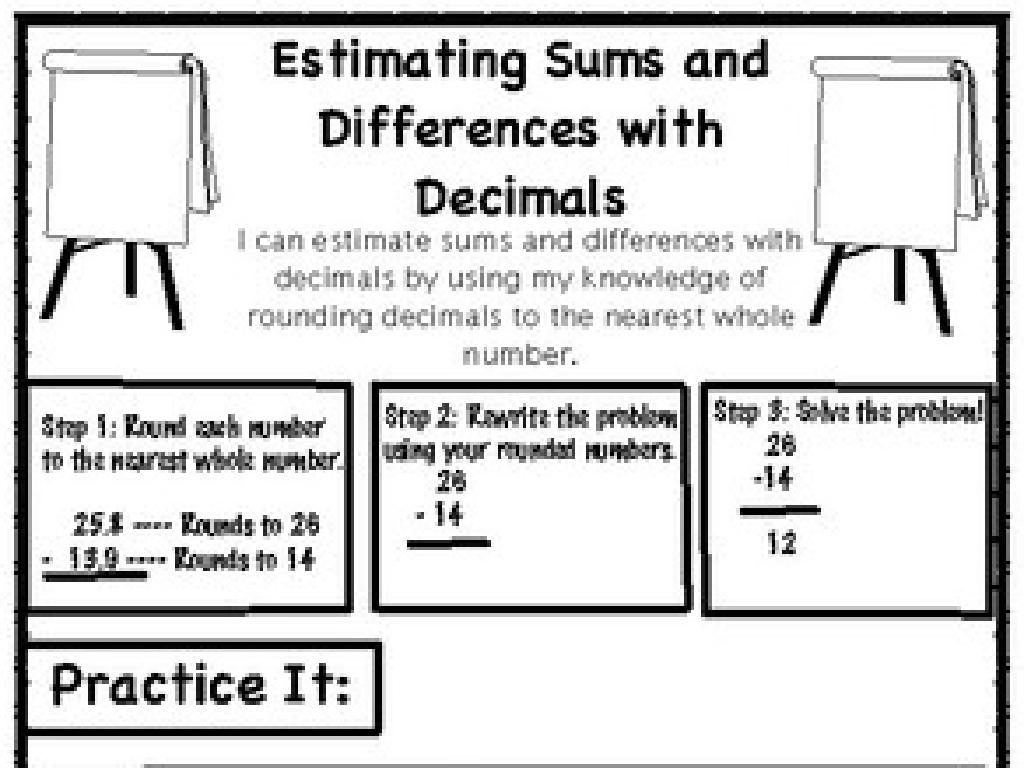Measurement Word Problems
Subject: Math
Grade: Fourth grade
Topic: Measurement Word Problems
Please LOG IN to download the presentation. Access is available to registered users only.
View More Content
Measurement Word Problems: Becoming Measurement Detectives
– Become a measurement detective
– Solving measurement word problems
– Understand the problem, identify the measurement units involved, and solve.
– Importance of accurate measurement
– Accurate measurements are crucial in cooking, building, and science.
– Real-life measurement applications
– Examples: Baking a cake, constructing a bookshelf, or conducting a science experiment.
|
In today’s class, we’re embracing the role of measurement detectives to tackle word problems involving measurements. Start by engaging students with the concept of being a detective and how it relates to solving math problems. Emphasize the steps to understand and solve measurement word problems, such as reading carefully, identifying units, and applying the correct operations. Discuss the importance of accuracy in measurements with real-life examples, such as cooking, where incorrect measurements can lead to a recipe’s failure, or in construction, where precision is key to safety and fit. Encourage students to think of times when they or their family members have used measurements in everyday life. This will help them understand the practical applications of what they’re learning.
Understanding Measurement
– What is measurement?
– It’s a number showing size or amount
– Common measurement units
– Inches, feet, yards, cm, meters
– Tools for measuring
– Rulers, tapes, scales, cups
– Applying measurements
– Solve real-world problems
|
This slide introduces the concept of measurement to fourth-grade students, explaining that it is a way to find a number that represents the size or amount of something. Emphasize the most common units of measurement they will encounter, such as inches, feet, yards, centimeters, and meters. Show the tools we use to measure objects, including rulers, measuring tapes, scales, and cups, and explain their appropriate uses. Finally, discuss how these measurements apply to solving real-world problems, such as finding the length of a desk or the weight of a fruit. Encourage students to think of examples where they have used measurement in their daily lives.
Understanding Measurement Word Problems
– Word problems as stories
– Think of them like puzzles about everyday situations.
– Extracting important details
– Look for numbers, units, and what’s being asked.
– Deciding what to measure
– Is it length, volume, weight, or time?
– Learning key measurement words
– Words like ‘tall’, ‘heavy’, ‘far’, ‘long’ give clues.
|
This slide introduces students to the concept of measurement word problems, emphasizing that they are like stories that require identification of crucial information to solve a problem. The goal is to help students recognize that word problems describe real-life scenarios where they need to find and use the right measurements. Teach them to look for key words and phrases that indicate what needs to be measured, such as distance, weight, or time. Provide examples of common measurement words and their context to illustrate how to determine the type of measurement needed. Encourage students to practice by reading word problems together and identifying the important information that leads to the solution.
Key Words in Measurement Word Problems
– Understanding Length
– Length describes how long something is. Look for words like ‘tall’, ‘wide’, ‘long’.
– Grasping Volume
– Volume measures space taken. Words to notice: ‘fills’, ‘pours’, ‘contains’.
– Weighing in on Weight
– Weight refers to how heavy an object is. Keywords: ‘weighs’, ‘heavier’, ‘lighter’.
– Solving Measurement Problems
|
This slide is aimed at helping students identify key words in measurement word problems that indicate what is being measured: length, volume, or weight. Length is associated with how long something is, and students should look for words like ‘tall’, ‘wide’, and ‘long’. Volume is the amount of space an object occupies, with clues like ‘fills’, ‘pours’, and ‘contains’. Weight is how heavy an object is, indicated by words such as ‘weighs’, ‘heavier’, and ‘lighter’. Encourage students to highlight these keywords in problems to better understand what is being asked. Provide examples of word problems for each measurement type and solve them together in class.
Let’s Practice Measurement Word Problems!
– Identify key information
– Sally’s ribbon length and the piece she cut off
– Choose the correct operation
– We subtract the length cut from the total length
– Solve the problem step-by-step
– 3 feet minus 1 foot equals the remaining length
– Review our solution
|
This slide is designed for a collaborative classroom activity focused on solving measurement word problems. Begin by reading the example problem about Sally’s ribbon aloud. Guide the students to identify the important information: the original length of the ribbon and the length that was cut off. Discuss with the class which mathematical operation should be used; in this case, subtraction is appropriate because Sally is cutting a piece from the ribbon. Solve the problem together on the board, showing each step: 3 feet minus 1 foot equals 2 feet. Finally, review the solution to ensure understanding. Encourage students to explain the process in their own words. For homework, assign similar word problems for additional practice.
Try It Yourself: Measurement Word Problems
– Solve a measurement problem
– Look for key words
– Words like ‘tall’, ‘long’, ‘heavy’ give clues
– Decide what to measure
– Are we measuring length, weight, volume?
– Discuss with a partner
– Explain your reasoning to each other
|
This slide is an interactive activity designed to engage students in solving measurement word problems. Encourage them to identify key words in the problem that indicate what is being measured, such as length, weight, or volume. Students should work in pairs to foster collaborative learning and discussion, which will help them articulate their thought process and reasoning. As they work through the problem, remind them to consider the units of measurement and to check their work for accuracy. Provide guidance as needed, but allow them to explore and come to conclusions on their own. This activity will help solidify their understanding of measurement concepts and how to apply them in real-world scenarios.
Class Activity: Measurement Scavenger Hunt
– Find objects to measure in class
– Record the measurements and tools
– Use rulers, tape measures, or yardsticks
– Share your findings with the class
– Understand practical measurement
– Learn how measurement applies to everyday objects
|
This interactive class activity is designed to help students apply their knowledge of measurement in a practical setting. Students will search for objects around the classroom that they can measure using tools such as rulers, tape measures, or yardsticks. They should write down the object’s name, the measurement, and the tool used. After the scavenger hunt, students will have the opportunity to share their findings with the class, fostering a collaborative learning environment. This activity not only reinforces the concept of measurement but also enhances their communication skills. For the teacher: Prepare a list of suggested objects to measure in case some students have difficulty finding items. Also, consider pairing students to promote teamwork. Have a discussion afterward about why different tools may be more appropriate for different objects.
Review and Reflect: Measurement Word Problems
– Key steps in solving measurement problems
– Understand the problem, choose the right unit, use a tool, calculate accurately
– Importance of accurate measurements
– Accurate measurements are crucial in everyday life, like cooking or building
– Share your measurement experience
– Think of something you measured today, how did you measure it?
– Reflect on the value of measurement
|
This slide aims to consolidate the students’ understanding of measurement word problems. Start by discussing the key steps they’ve learned for solving these problems, emphasizing the importance of understanding the question, choosing the correct unit of measure, using the appropriate tool, and calculating accurately. Highlight why precision is important in real-world applications such as cooking, where a recipe might fail with incorrect measurements, or in construction, where safety can depend on accuracy. Encourage students to share personal experiences with measurement from their day to foster a connection between the lesson and their daily lives. This reflection helps students see the practical importance of what they’ve learned.
Homework Challenge: Mastering Measurements
– Solve 3 measurement word problems
– Use the methods we learned to find solutions
– Measure 5 household items
– Find items like a book, a spoon, or a toy
– Record your measurements
– Write down the length, width, or height
– Discuss your findings in class
|
This homework assignment is designed to reinforce the day’s lesson on measurement word problems. Students are tasked with applying their knowledge to solve real-world problems at home, which will help solidify their understanding of measurement concepts. Encourage them to choose a variety of items to measure, such as furniture for larger units or pencils for smaller units, and to use appropriate tools like rulers or tape measures. Remind them to write down their measurements clearly. In the next class, facilitate a discussion where students can share their problem-solving strategies and the results of their measurements, fostering a collaborative learning environment.






